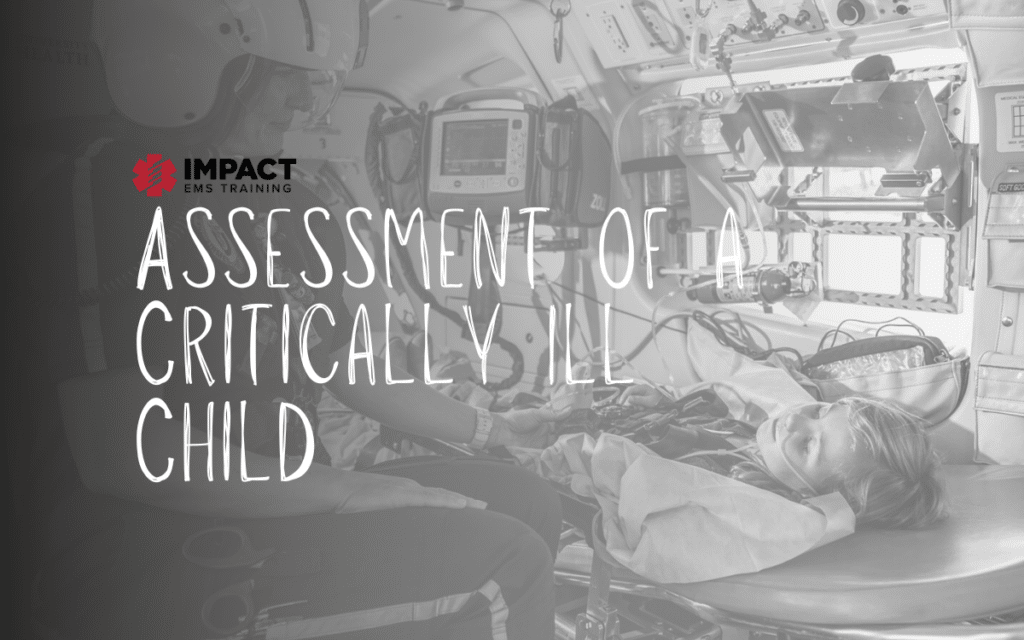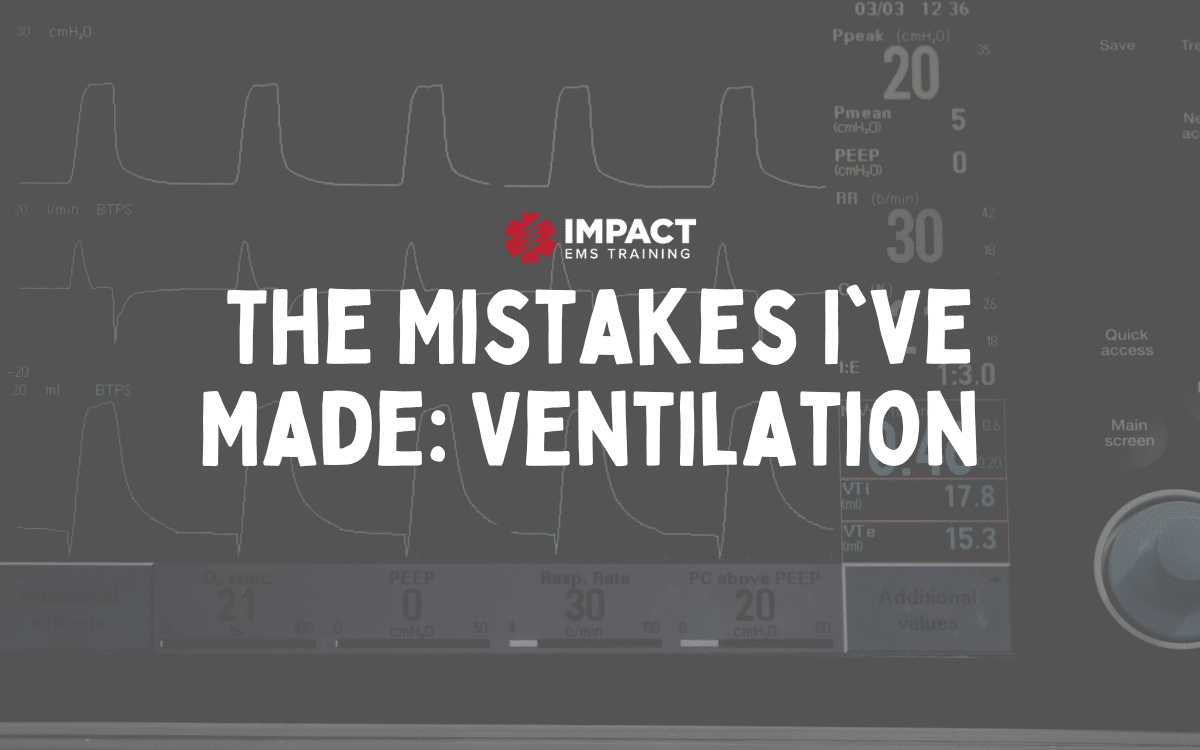So, as you all know we have had the opportunity to have Dr. Peter Antevy join us a couple of times and talk about pediatrics. When it comes to kids let’s face it, we all tend to get scared, our nerves shoot through the roof and it becomes the most stressful call of our career. Kids are scary to treat, especially as a new provider at any level.
When dealing with a critically ill child, our primary goal should be recognizing the respiratory and cardiac insufficiencies and treating them before they lead to cardiac arrest. When it comes to children, you must understand that their respiratory and cardiac systems are immature compared to adults so, therefore, they have an increased metabolic rate.
We must also recognize that they are unique in the sense that their conditions can deteriorate quickly and that the signs are often subtle. I am sure you have heard it before, “I was looking at the kid a second ago and they were fine, and I turned my back for one second and the kid coded.” So, let’s go ahead and formulate a good assessment to prevent this from happening to you.
When it comes to your assessment of a critically ill child it needs to be able to be performed rapidly and systematically.
The way to do this is to train, train, and train some more!
Pediatrics depending on your environment are a high stress, low-frequency call. So, spend the time to train on the assessment of a child, treatment, and resuscitation of a child.
Here are some ways you can do this:
Having a systematic and efficient assessment
- This allows you to minimize the possibility of missing a critical finding.
Prioritization
- You should be able to complete a head to toe assessment and prioritize and understand which is the most of concern which should always include the child’s respiratory status.
Comprehensive
- A good thorough exam is important because even a subtle finding can aid in understanding a clinical change in the child’s condition.
A good way to perfect your pediatric assessment is to do it the same way every time. And in order to do this efficiently, you should have an order in which you complete your assessment.
Here is a good example of an order you should follow:
Respiratory
- Check airway, respiratory rate, audible sounds, work of breathing, breathing sounds, monitoring via Spo2 and EtCo2, and lab work.
Neuro
- Cognition, motor, eyes, pain, head circumference, technical monitoring such as ICP monitor.
Circulation
- Skin, mucous membranes, activity, pulses, auscultation of the heart, technical monitoring such as CVP, pulmonary wedge pressure, cardiac monitor.
Medications and infusions
Electrolytes
- Review lab work for potassium, sodium, phosphate, calcium, and magnesium.
Fluids, renal function, and Gastrointestinal
- Urinary catheter, monitor input, and output, monitor labs such as BUN, creatine, amylase, and lipase.
- Check the mouth for any lesions, thrush, dental issues, drooling, dry mouth.
- Listen to bowel sounds in the ABD cavity, palpate the spleen and liver, look for guarding and tenderness.
As a critical care clinician, you must be able to conduct a rapid, systematic, and thorough assessment of the critically ill child.
Once you’re able to prioritize your patients and implement a systemic assessment approach to all your critical ill children, you’ll not only gain confidence but you will also be able to recognize earlier signs of the patients impending deterioration and intervene in a quick manner before that child goes into cardiac arrest.
Impact EMS offers accredited certification and refresher courses in one trusted location. Fully prepare for certification exams and maintain licensure with skill building credits.





